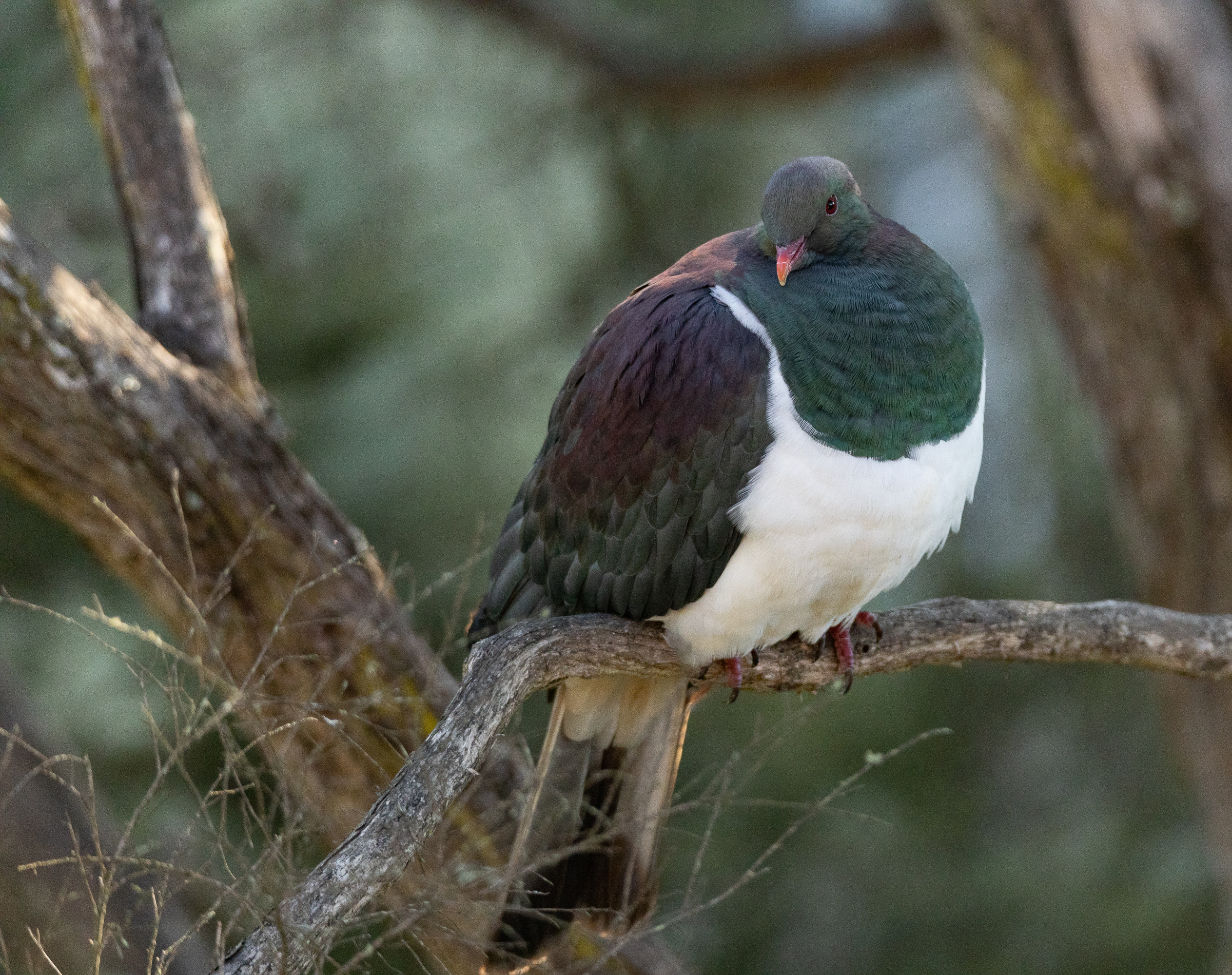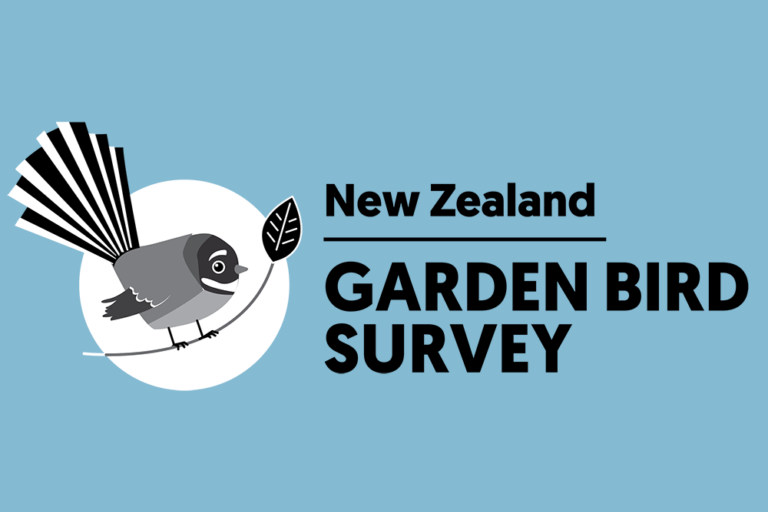The New Zealand Garden Bird Survey (NZGBS) is the longest-running annual survey of biodiversity in Aotearoa New Zealand’s urban and rural landscapes, and thousands of Kiwis contribute their observations to the NZGBS each year. For one week each winter, New Zealanders across the country spend an hour in their garden, school, or local park counting the highest number of birds of each species they see or hear. They submit this information, along with characteristics of the survey site and whether the birds were fed, to the NZGBS team at Manaaki Whenua – Landcare Research (MWLR) via an online form.
The research team at MWLR analyses the 10- and 5-year trends in 14 common garden bird species observed during the NZGBS to produce the annual State of Garden Birds report. The trends give scientists, councils, community groups, and anyone interested a clue as to how the health of garden bird populations and the wider environment are changing over time.
Manaaki Whenua researcher, Dr Angela Brandt, says the data lets us understand how bird populations are changing across New Zealand.
“What’s exciting about having so many years of surveys now is that we can see how trends are changing over time. Some species show an uptick [in the 2021 report] - like kererū - or a lessening decline - like tauhou [silvereyes] - compared with earlier reports. Importantly, because the survey is done every year, we could have an early warning if a species started to decline.”

Dr Brandt is keen to acknowledge the contributions of the citizen scientists who generously collect the data, and states that mobilising the data through the GBIF network is another way to increase the awareness and use of the data.

The research team suggest there are many more ways that the data from the NZGBS could be used, and the citizen scientist and research communities have many questions they are keen to answer. For example:
- What are the distributions of certain species across Aotearoa NZ?
- Which suburbs of the city should I focus on for a study of pīwakawaka (fantail) populations?
- Are our group’s predator trapping efforts leading to any new species spotted in our area?
The MWLR team has already uploaded the data for 2021 to GBIF for public access, and is now working on publishing the previous three years (2018—2020). These datasets include the full surveys and bird counts submitted in these years – not just the summarised information that is published in the annual State of Garden Birds report.
New NZGBS datasets will be uploaded each year following the release of the State of Garden Birds report.
To learn more about the NZGBS, visit www.gardenbirdsurvey.nz
